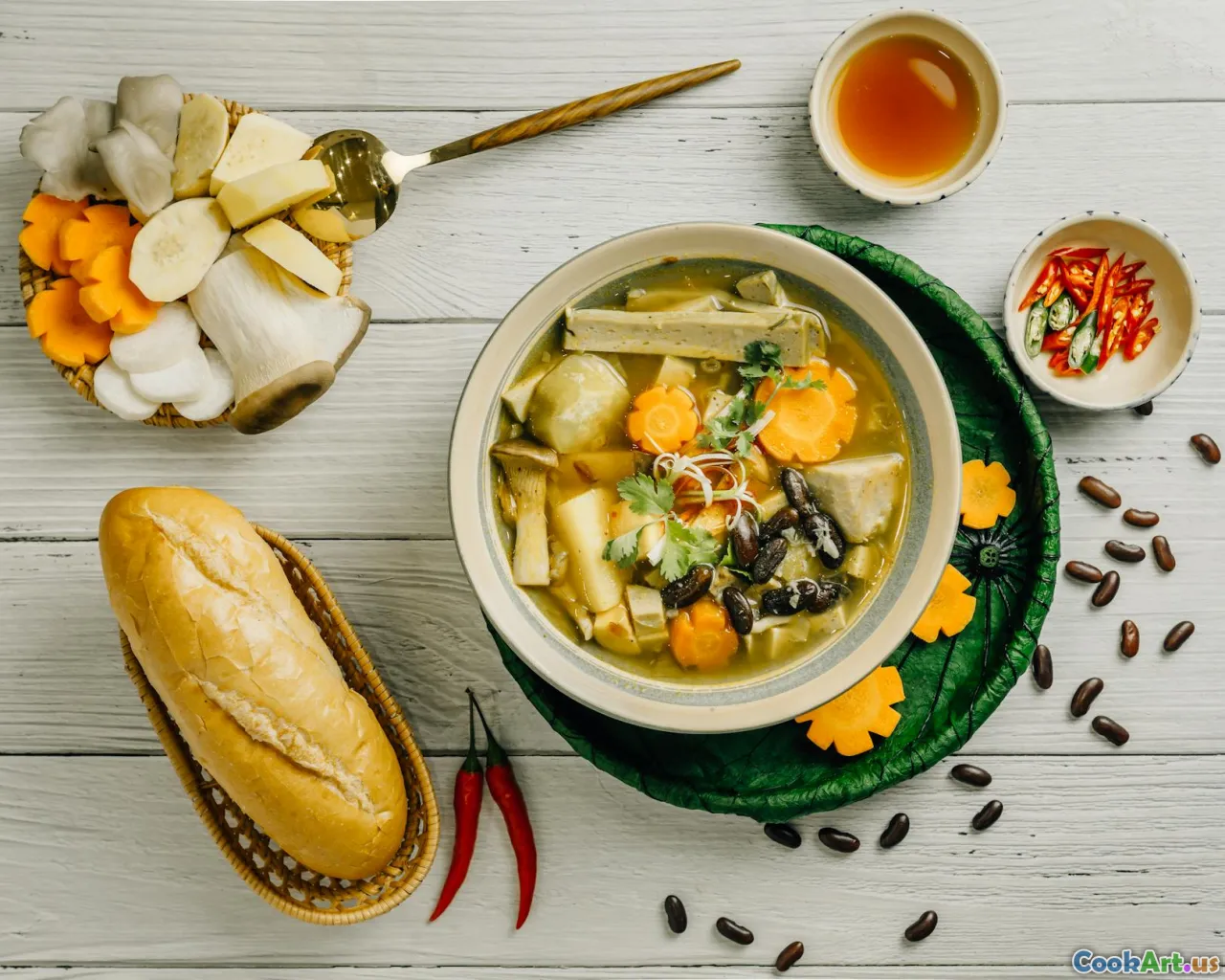Exploring Plant Based Proteins
5 min read Discover the diverse world of plant-based proteins and their nutritional benefits for a healthier lifestyle. April 11, 2025 07:45
Exploring Plant Based Proteins
In recent years, plant-based diets have surged in popularity, driven by a growing awareness of health, wellness, and environmental impacts. One of the most appealing aspects of these diets is the abundance of plant-based proteins available that not only provide essential nutrients but also offer a versatile array of culinary options. In this article, we will delve into the world of plant-based proteins, exploring their sources, benefits, and culinary uses.
What Are Plant-Based Proteins?
Plant-based proteins are proteins derived from plants as opposed to animal sources. Common sources include legumes, nuts, seeds, whole grains, and certain vegetables. These proteins are not only nutritious but also come packed with fiber, vitamins, and minerals that contribute to overall health.
Key Sources of Plant-Based Proteins
- Legumes: Beans, lentils, and chickpeas are powerhouses of protein. For example, one cup of cooked lentils contains about 18 grams of protein and an impressive amount of fiber.
- Nuts and Seeds: Almonds, chia seeds, hemp seeds, and pumpkin seeds are rich in protein and healthy fats. A handful of almonds provides approximately 6 grams of protein.
- Whole Grains: Quinoa, farro, and barley are excellent sources of protein, with quinoa being a complete protein, meaning it contains all nine essential amino acids.
- Vegetables: While vegetables are generally lower in protein than legumes or grains, certain varieties like spinach, broccoli, and Brussels sprouts do pack a punch in terms of protein content.
The Nutritional Benefits of Plant-Based Proteins
- Heart Health: Diets rich in plant-based proteins are often lower in saturated fats, which can lead to improved heart health and reduced cholesterol levels.
- Weight Management: High-fiber foods tend to be more filling, helping to manage hunger and promote weight loss.
- Digestive Health: The fiber found in legumes and grains is vital for a healthy digestive system, promoting regularity and gut health.
- Environmental Impact: Plant-based protein sources typically have a lower carbon footprint compared to animal-based proteins, making them a more sustainable choice for the planet.
Cooking with Plant-Based Proteins
Incorporating plant-based proteins into your diet can be both simple and delicious. Here are some cooking techniques and recipes to get you started:
Cooking Techniques
- Soaking: Soaking legumes overnight can reduce cooking time and improve digestibility.
- Roasting: Roasting chickpeas with spices can create a crunchy snack or a salad topper.
- Blending: Use nuts and seeds to make smoothies or nut butters for a protein boost.
- Stir-frying: Quick-cooking vegetables with tofu or tempeh can create a protein-rich meal in minutes.
Recipe Ideas
- Chickpea Salad: Combine chickpeas, diced cucumbers, cherry tomatoes, red onion, and a lemon-tahini dressing for a refreshing dish.
- Quinoa Bowl: Toss cooked quinoa with black beans, corn, avocado, and a drizzle of lime juice for a hearty meal.
- Vegetable Stir-Fry: Sauté a mix of your favorite vegetables with tofu, garlic, and soy sauce for a quick and nutritious dinner.
Conclusion
Exploring plant-based proteins opens up a world of culinary possibilities while contributing to your health and well-being. By incorporating a variety of these protein sources into your meals, you can enjoy the delicious flavors of plant-based cuisine while reaping the numerous health benefits. Embrace the power of plant-based proteins and discover how satisfying and versatile they can be!









